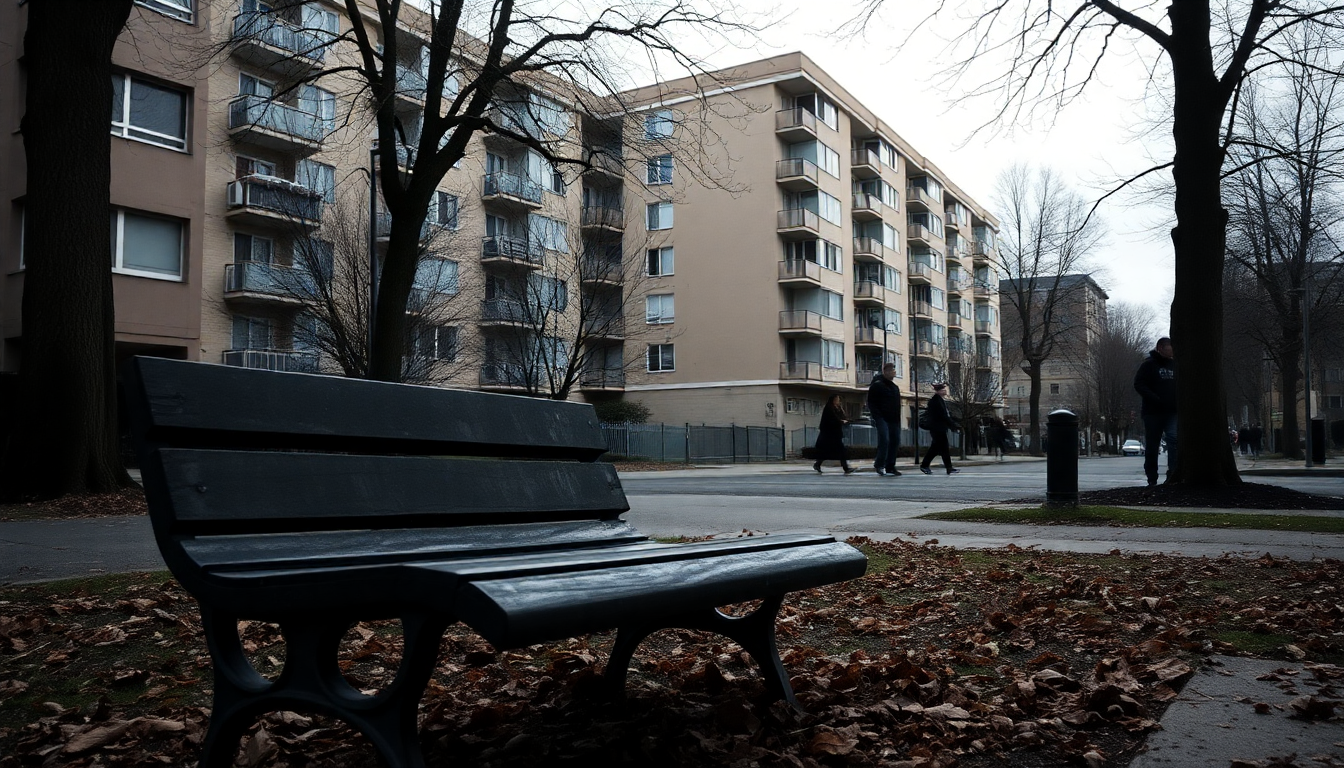Table of Contents
The designation of a dangerous offender is a serious matter in Canada, especially when it involves someone with a history of violent and sexual offenses. This classification can lead to an indefinite prison sentence, which not only affects the offender but also raises important questions about public safety. Recently, a case involving a 74-year-old man convicted of aggravated sexual assault against a vulnerable senior in Vancouver has thrust this issue into the spotlight. So, why is understanding these cases so crucial for grasping how our legal system deals with dangerous individuals?
The Legal Framework for Dangerous Offender Designation
In Canada, the Criminal Code lays the groundwork for designating individuals as dangerous offenders. This can happen when someone is convicted of serious personal injury or sexual offenses and is considered a continuing threat to public safety. Typically, the process kicks off when the Crown seeks an assessment order. This order leads to an evaluation by professionals who assess the individual’s risk level. Think of it as a crucial step in gathering evidence for what could be a life-altering designation hearing.
The recent case of Gordon James Joseph Leclerc shines a light on this process. After being convicted of aggravated sexual assault, the Crown has decided to pursue a dangerous offender designation. As he awaits further court proceedings, including a psychiatric assessment, the implications of this designation loom large. A dangerous offender status could result in a sentence that lasts indefinitely, reflecting not only the severity of his actions but also the perceived threat he poses to society.
During this process, the courts will analyze various factors, such as the nature of the offense, the offender’s criminal history, and psychological evaluations. With Leclerc’s extensive criminal record, his case illustrates the complexities that arise when assessing the risk to public safety.
Public Safety and the Implications of Dangerous Offender Status
The designation of dangerous offender isn’t just a legal label; it carries significant weight for public safety. When someone receives this classification, they could spend a considerable amount of time—possibly their entire life—in prison. This designation acts as a preventive measure to safeguard the community from individuals who have shown a pattern of violent behavior.
Take Leclerc, for instance. He has expressed a certain acceptance of his situation, even claiming he feels at home in prison. This raises alarming questions about his understanding of the severity of his actions. His comments hint at a troubling normalization of violent behavior—precisely the mindset that the dangerous offender designation aims to address.
Furthermore, the ramifications of such a designation extend beyond individual cases. It can shape public perception of how effectively the justice system manages violent offenders. As communities become more aware of these designations, fears about safety may rise, prompting questions about the legal system’s ability to prevent repeat offenses.
Looking Ahead: The Future of Dangerous Offender Cases
As society continues to confront the realities of violent crime, the future of dangerous offender designations is likely to evolve. Legal experts and advocates will find themselves debating the delicate balance between ensuring public safety and upholding the rights of offenders. The ongoing case of Leclerc serves as a poignant reminder of the complexities entangled in these designations.
With Leclerc set for more court appearances, the outcomes of these proceedings will have lasting repercussions—not only for him but also for the community and the wider legal landscape. The legal system must navigate these waters with care, ensuring justice is served while protecting the safety and security of the public.
In conclusion, the designation of dangerous offenders remains a crucial aspect of the Canadian justice system. Each case offers valuable insights into how society manages and responds to individuals who pose a significant risk to public safety. So, as we follow these developments, it’s essential to stay informed and engaged with the legal processes that shape our communities.


